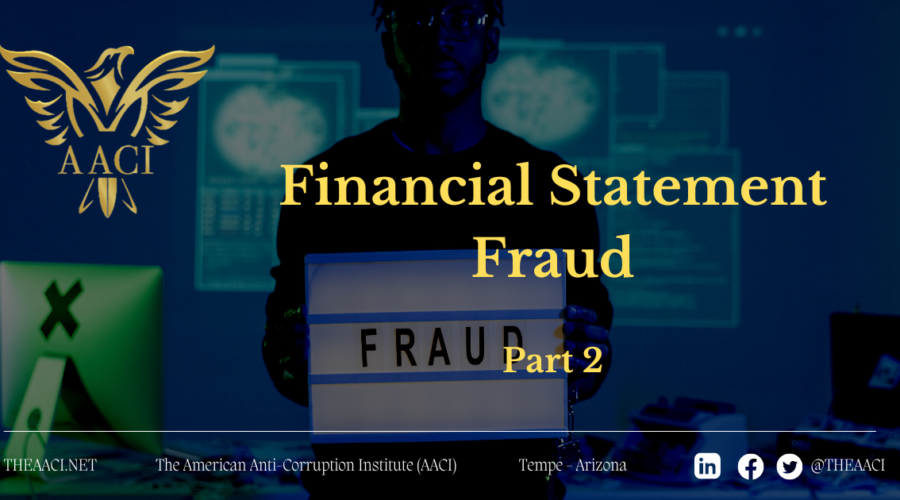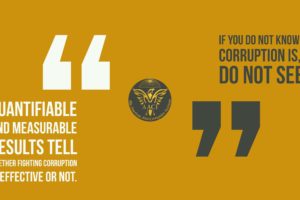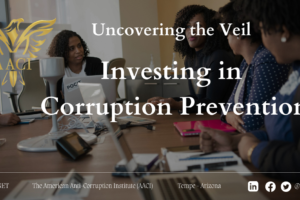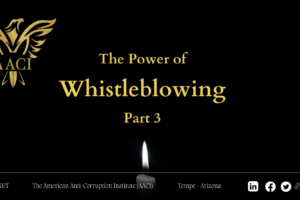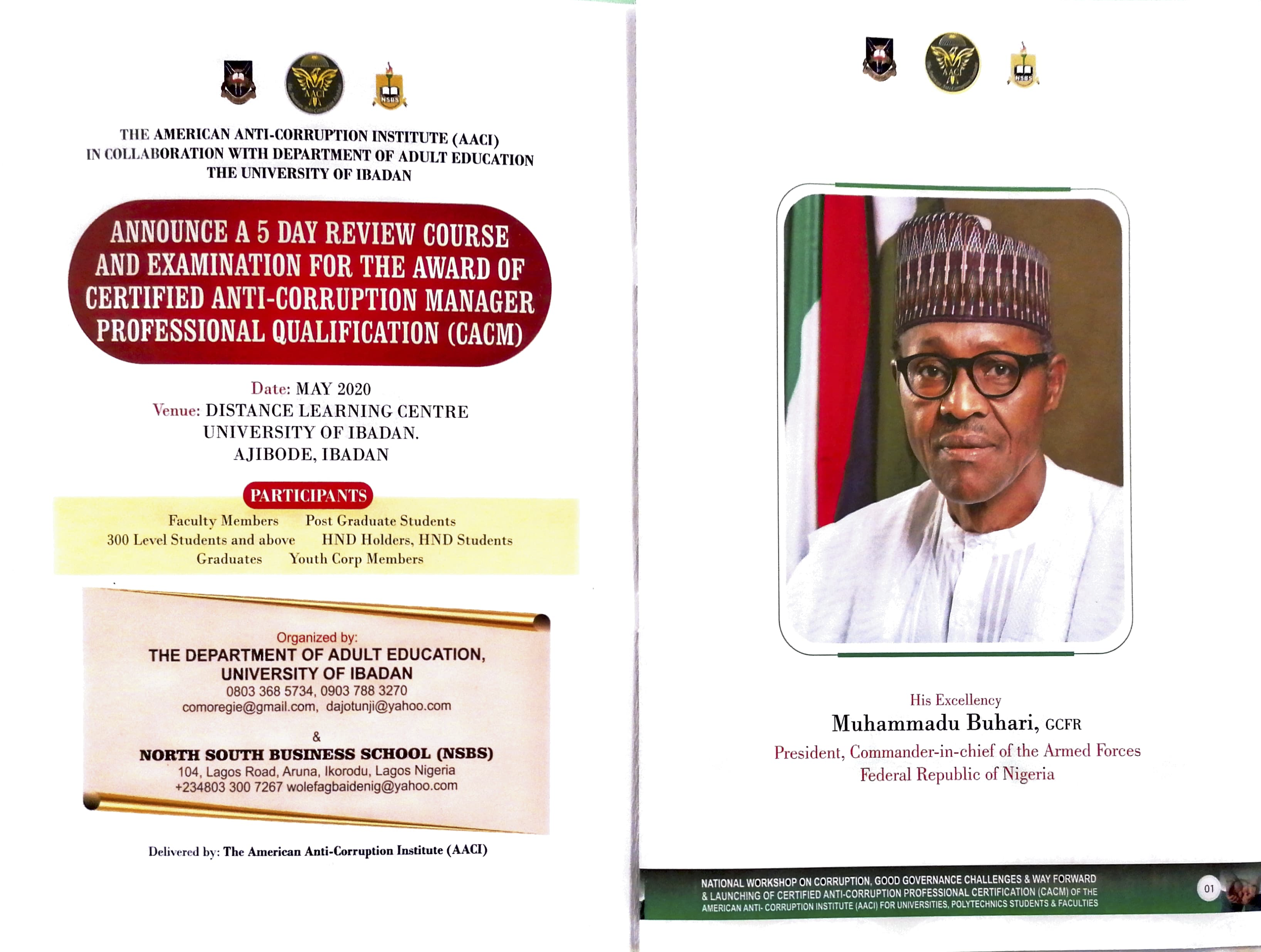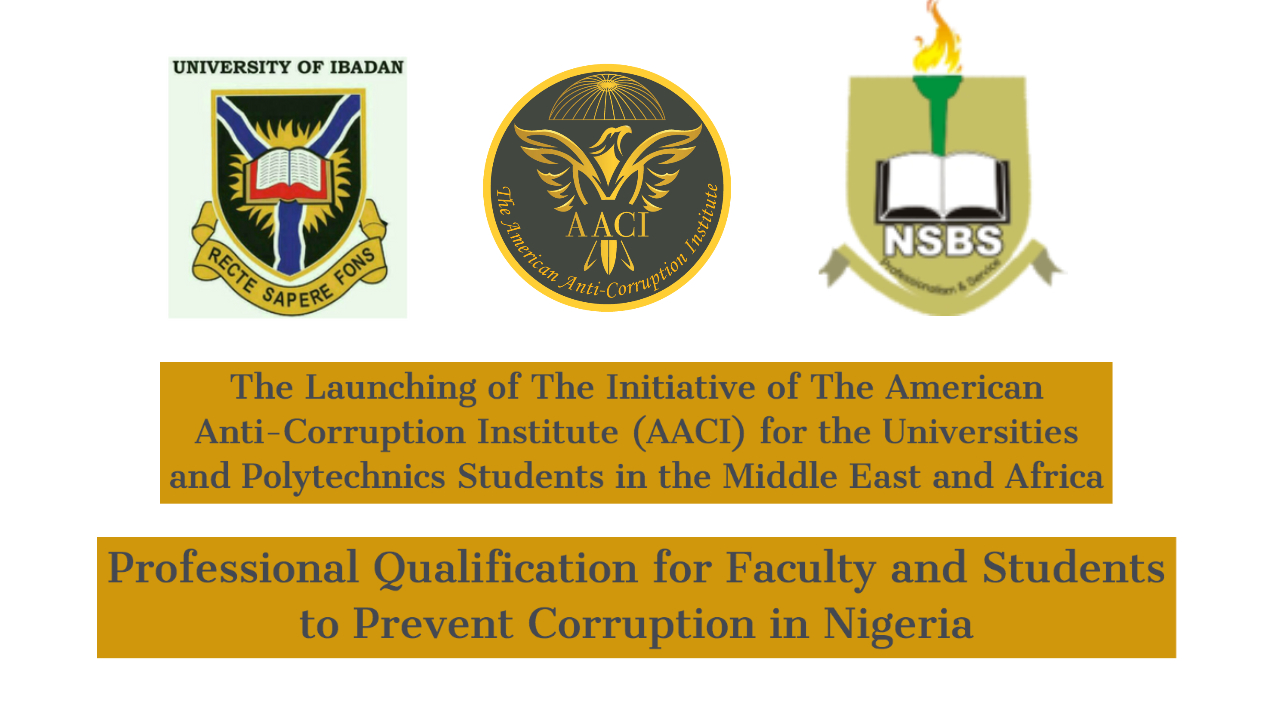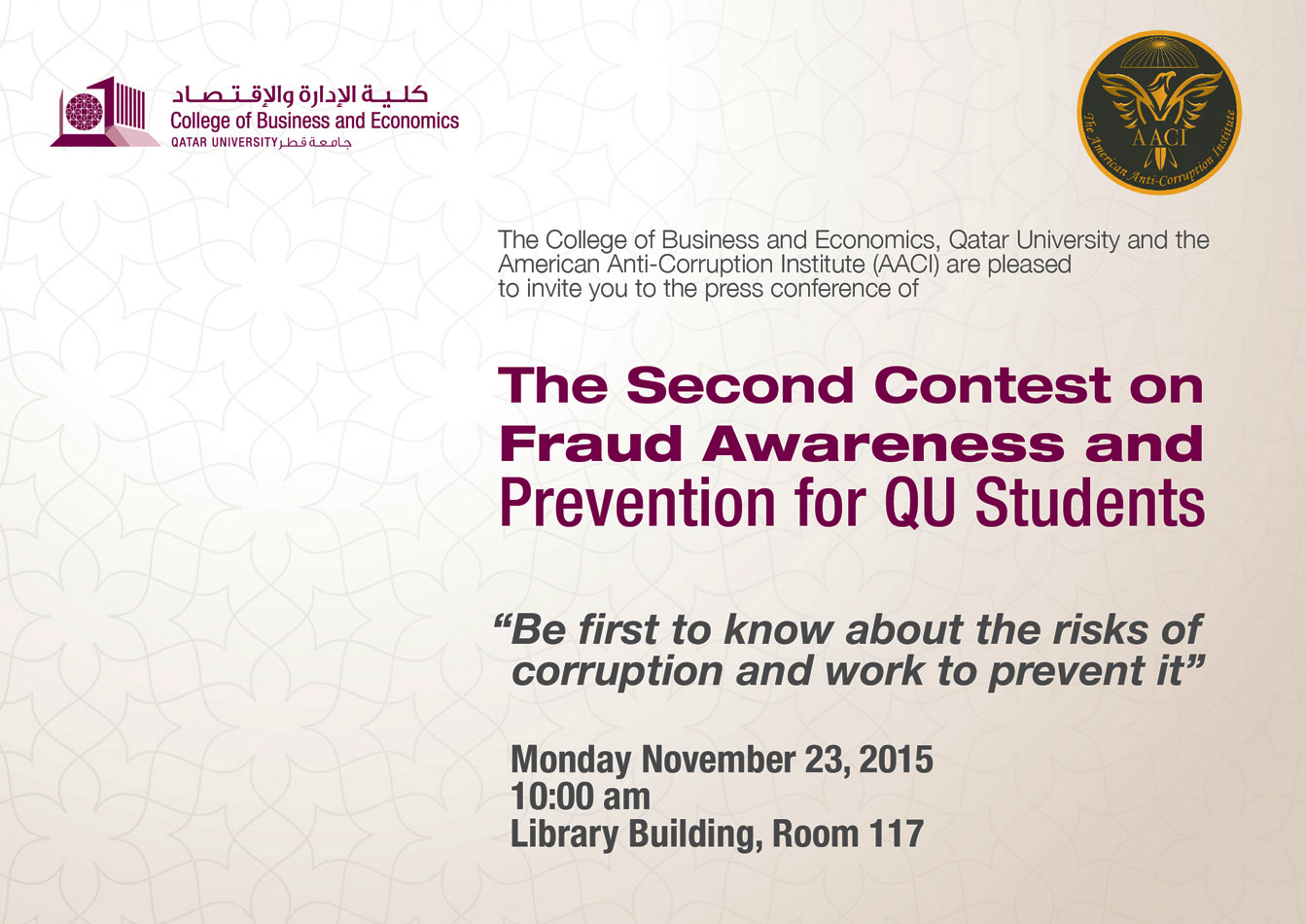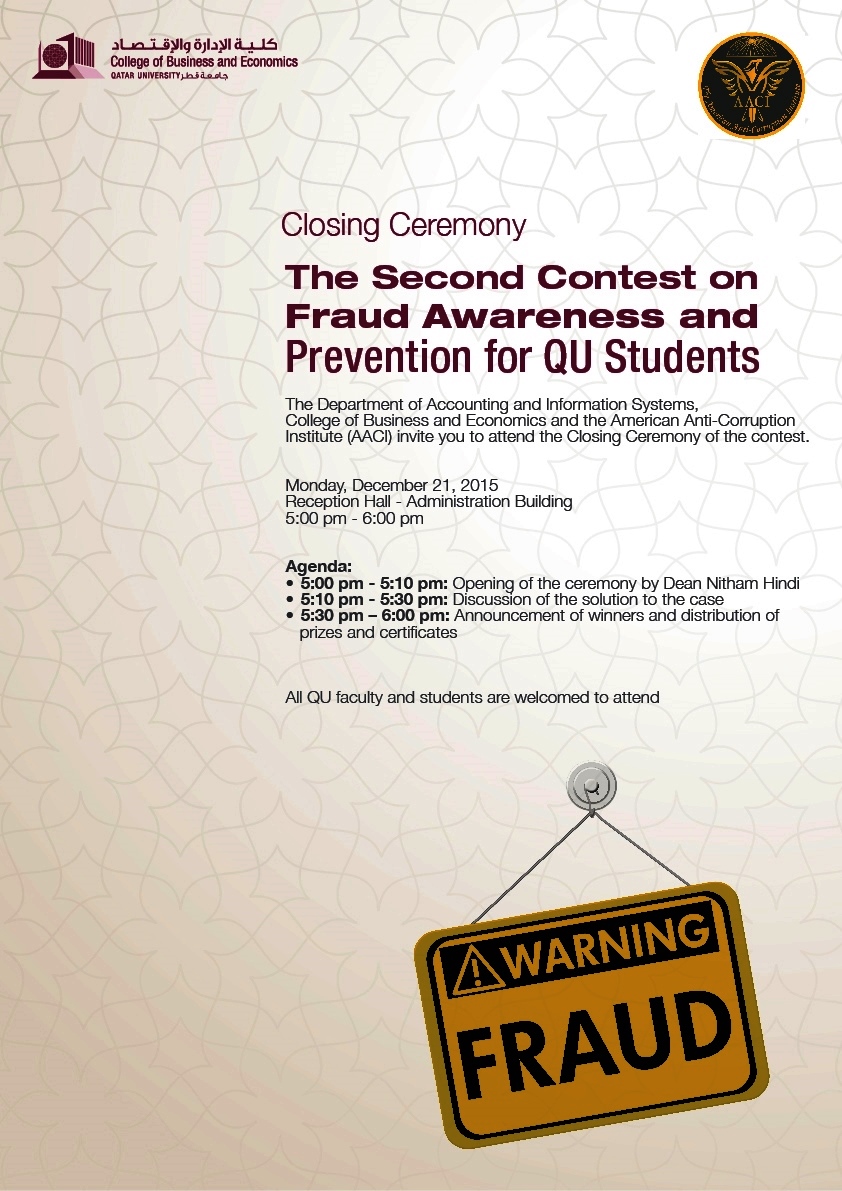November 14, 2022
Technical Staff
Costs and Damages of Financial Statement Fraud 1
A COSO study, which examined financial statement fraud allegations investigated by the U.S. Securities and Exchange Commission (SEC) over a ten-year period (1998-2007), found that news of an alleged fraud resulted in an average 16.7 percent abnormal stock price decline in the two days surrounding the announcement. Companies engaged in fraud often experienced bankruptcy, delisting from a stock exchange, or asset sale.
The COSO study that examined nearly 350 alleged accounting fraud cases investigated by the SEC found, among other things, that:
- Financial fraud affects companies of all sizes, with the median company having assets and revenues just under $100 million.
- The median fraud was $12.1 million. More than 30 of the fraud cases each involved misstatements/misappropriations of $500 million or more.
- The SEC named the CEO and/or CFO for involvement in 89 percent of the fraud cases. Within two years of the completion of the SEC investigation, about 20 percent of CEOs/ CFOs had been indicted. Over 60 percent of those indicted were convicted.
- Revenue frauds accounted for over 60 percent of the cases.
- Many of the commonly observed board of director and audit committee characteristics such as size, meeting frequency, composition, and experience do not differ meaningfully between fraud and no fraud companies. Recent corporate governance regulatory efforts appear to have reduced variation in observable board-related governance characteristics.
Financial statement fraud is costly. It results in significant immediate losses for shareholders, creditors, employees, and communities and penalties for executives.
Pressures and Incentives for Financial Statement Fraud
The objectives of perpetrators of financial statement fraud are:
- Conceal the entity’s financial and operational realities to avoid unfavorable outcomes
- Maintain or increase their compensation such as salary, bonus, the share of net income, etc
- Hide a fraudulent or corrupt act
The Following are Commonly Known Significant Pressures/Incentives that Drive Perpetrators to Commit Financial Statement Fraud:
- Meet profitability and performance expectations of investors and investment analysts
- Obtain additional equity or debt financing
- Meet the requirements of existing debt covenant requirements or debt extension
- Meet financial or operating expectations of legislative or regulatory oversight bodies. This includes meeting requirements of new accounting principles that would result in unfavorable financial or operating results.
- Protecting the personal interest of those charged with governance from adverse consequences ( i.e., a decline in share price, bonus, etc.) when they report poor financial or operating results. Such personal interest could be in the form of:
- Significant financial interests in the entity’s equity.
- Substantial portions of their compensation are contingent upon achieving aggressive targets for the stock price, operating results, or financial position.
- Personal guarantees of debts of the entity.
Management and those charged with governance may use earnings management to distort information reported in the financial statements and mislead their users. In a financial statement fraud, management can manage earnings by different means. They may manipulate their subjectivity and judgments in estimates they use in preparing and presenting the financial statements to achieve desired financial or operating results.
Those chargers with governance should be aware of the existing or potential pressures on management that may lead them to perpetrate financial statement fraud. They must identify these pressure and take all the necessary measures to minimize them. For example, when most of the senior management have substantial investments in the company’s shares, the audit committee and internal audit should ensure that the internal controls over financial reporting are adequate and closely monitor the management judgments they use in preparing and presenting financial statements.
When other things are equal, the higher the senior management employment and financial position are dependent on the financial and operating results of the entity, the higher the risks management will commit financial statement fraud.
1. Exam Unit, “Financial Statement Fraud,” in Certified Anti-Corruption Manager (CACM) Review Textbook,2022 ed. (United States of America: The Exam Unit of The American Anti-Corruption Institute LLC., January 14, 2022) pp. 341-366.
2. Click to read Financial Statement Fraud – Part 1
Photo by Tima Miroshnichenko: https://www.pexels.com/photo/a-man-holding-a-letter-lightbox-6266500/


